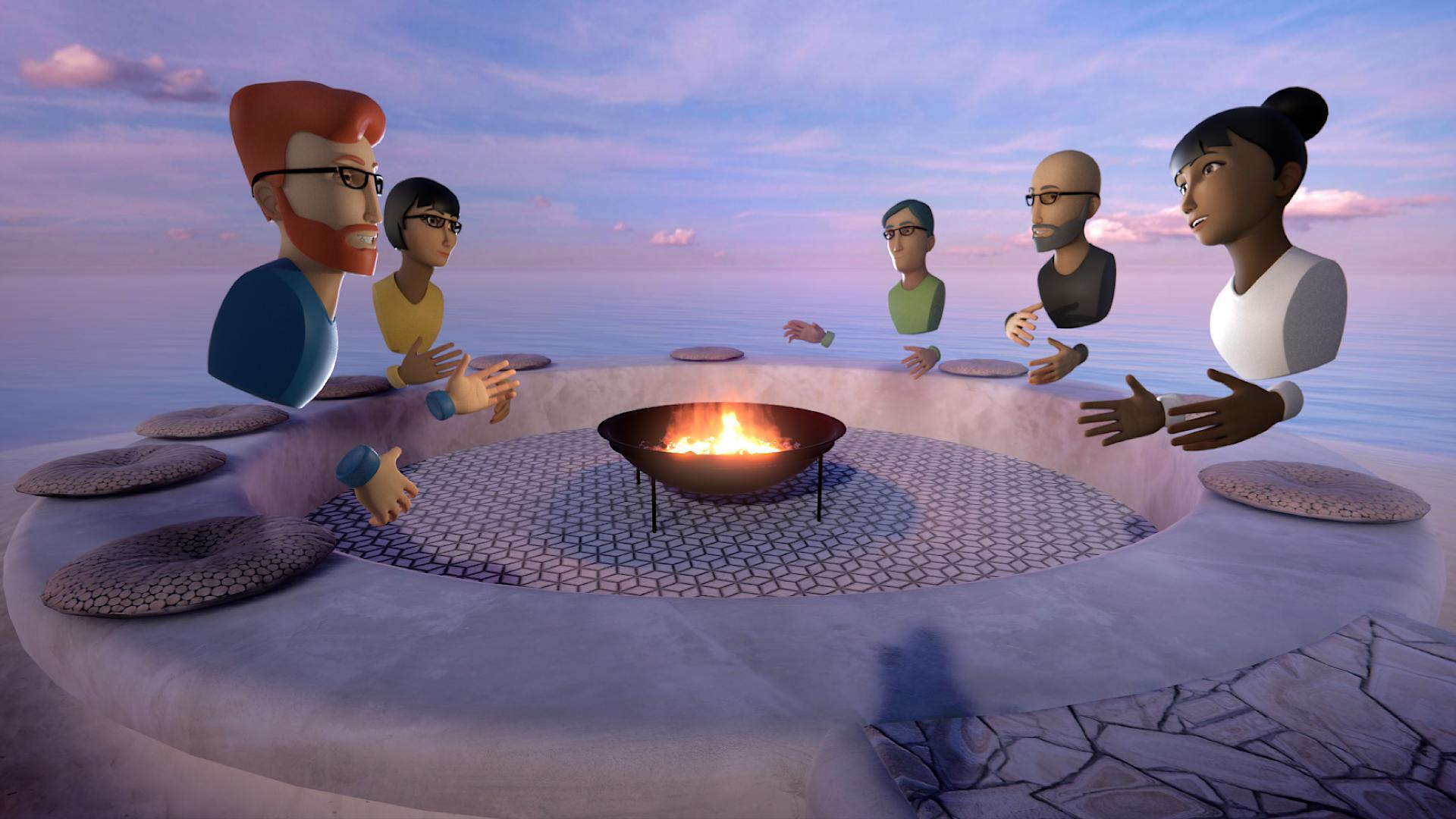In his column in the Financial Times last month, Gianpiero Petriglieri, an associate professor of organizational behavior at INSEAD, remarked that the pandemic is turning people into “Zoombies”. Relaying the experience of his colleagues who’d moved their classes onto video-conferencing platforms, he wrote: “Extroverts and tech-enthusiasts suddenly sounded similar to introverts and luddites. A few hours of virtual teaching had drained the life out of them all.”
With many of us confined to our homes in recent weeks, online platforms like Zoom, Hangouts and Teams are helping us stay connected and in jobs. But there’s a good chance we feel as sapped as Petriglieri’s coworkers after a day packed with video calls. Can Glue stop you turning into a Zoombie? We like to think so. But before we go there, it’s worth first understanding what happens in video calls.
A big part of our exhaustion we feel owes to the extra effort needed to process non-verbal cues. Body language, our posture, facial expressions, eye contact – all are vital to the way we communicate and easy to discern in real world settings. Yet, in video chats, especially with large groups, a lot goes missing. We’re reduced to tiny windows on screen and, in the process, depersonalized. Hunched over desks, one hand gripping a mouse, we limit our movement and ‘talk’ less with our hands. Cameras are poorly placed and their subjects only partially in view. Some of us sit in silhouette. Some zone out. Even if our minds want to connect to a discussion, our bodies are not in it.
Who can blame us when every meeting takes place in the same two-dimensional environment? Jeremy Bailenson, a Stanford psychologist who studies virtual communication, says that video calls require us to engage in a “constant gaze”. Long bouts of that take their toll. Some of the time we end up looking at ourselves in our own little window. Conscious that there are so many eyes on us, we feel a pressure to constantly perform.
And then there’s the poor audio. Delays, stuttering connections and bad microphone placement make conversations harder. Video (and audio-only) conferences provide a flat wall of sound coming over the speakers and effective discussion often involves a careful dance between participants to know when it’s our turn to speak up.
Glue’s three-dimensional virtual spaces enable you to avoid these pitfalls by providing a very different setting for discussion and collaboration. There’s a different quality to the interaction too. For a start, in Glue, both our minds and our bodies are present in the meeting. You move around in a space as one would do in a traditional face-to-face meeting.
Second, in larger Glue spaces, more than one conversation can take place, just as it might in a real physical meeting room. Fully 3D spatial audio efficiently recreates the sensation that you are having a discussion with other people in a real space, with attenuation (audio volume falling off with distance) and proper directionality to the sounds and voices.
Third, meeting in purpose-built spatial environments allows our brain to differentiate the context of the meeting. Tailored settings boost productivity, which is why we offer several ready spaces as well the opportunity to create and import your own 3D models. And even if you’re just looking for a more conventional space, it’s good to have a variety of options.
Finally, in Glue, you’re represented by an avatar that allows you to focus on the meeting agenda rather than adjusting your camera. You’re engaging via speech as well as facial and hand gestures, but people aren’t seeing the actual you. Your digital representation is a little more forgiving and it doesn’t matter if you forgot to brush your hair. But, equally, you’re present, you’re really there, rather than rendered as an insignificant tile on a laptop display.
Virtual collaboration in Glue is about high-quality, frictionless interaction between teams, even when there’s a great physical distance between them. It’s the basis for better co-creation, learning, planning and sharing – all while keeping you engaged and energized.
Want to see for yourself? Sign up for a demo.



